#1819-1820
Text
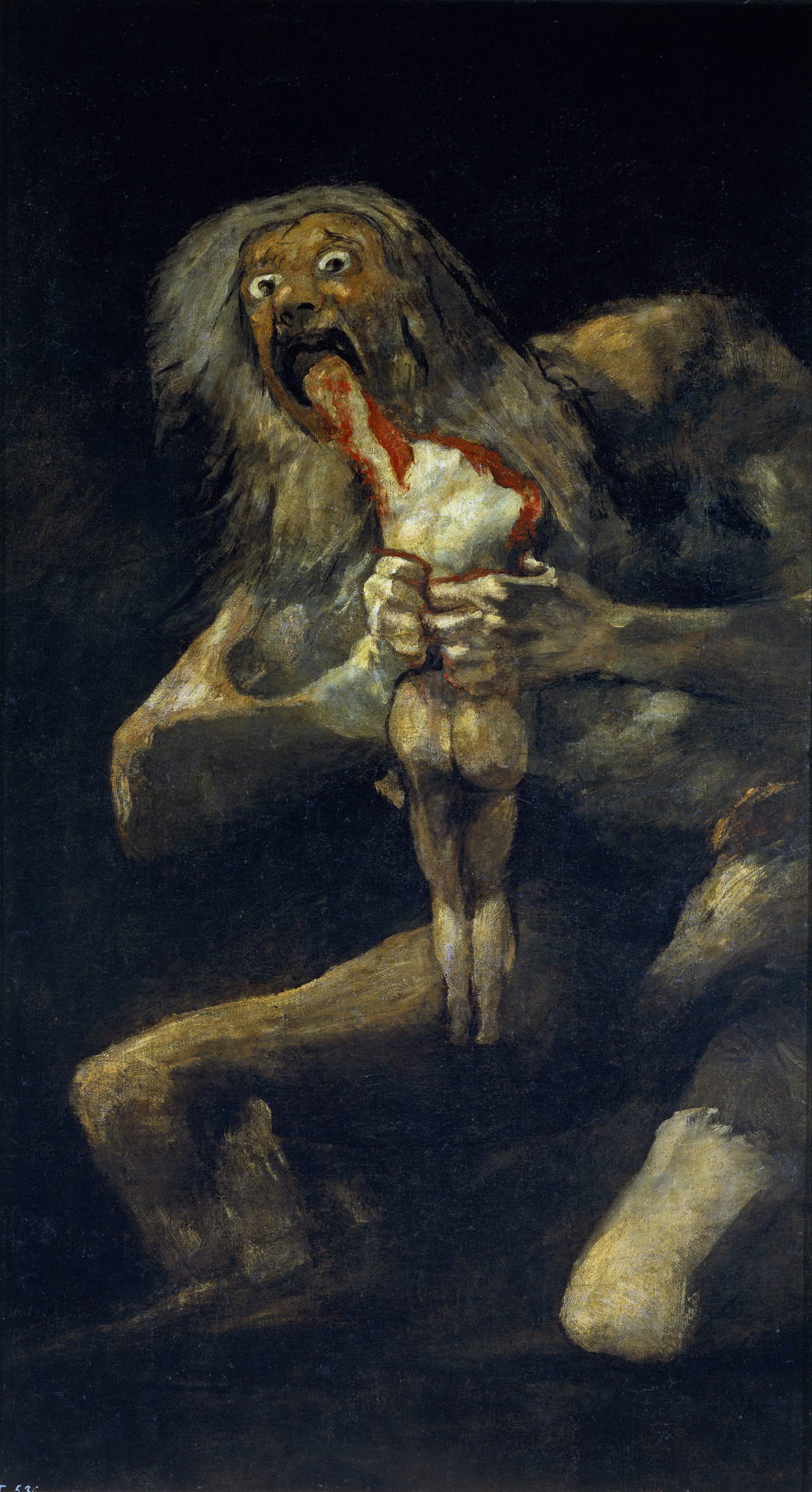
Saturn Devouring His Son (1819-1823)
🎨 Francisco de Goya
🏛️ Museo del Prado
📍 Madrid, Spain
The mural paintings that decorated the house known as “la Quinta del Sordo,” where Goya lived have come to be known as the Black Paintings, because he used so many dark pigments and blacks in them, and also because of their somber subject matter. The private and intimate character of that house allowed the artist to express himself with great liberty. He painted directly on the walls in what must have been mixed technique, as chemical analysis reveals the use of oils in these works. The Baron Émile d´Erlanger acquired “la Quinta” in 1873 and had the paintings transferred to canvas. The works suffered enormously in the process, losing a large amount of paint. Finally, the Baron donated these paintings to the State, and they were sent to the Prado Museum, where they have been on view since 1889.
Saturn devouring one of his sons is one of the most expressive images from his Black Paintings. It occupied the wall across from Leocadia Zorrilla on the ground floor of “la Quinta del Sordo.” This mythological god could be the personification of such a human feeling as the fear of losing one´s power. The mural paintings from “la Quinta del Sordo” (the Black Paintings), have been determinant in the modern-day consideration of this painter from Aragon. The German Expressionists and the Surrealist movement, as well as representative of other contemporary artistic movements, including literature and even cinema, have seen the origins of modern art in this series of compositions by an aged Goya, isolated in his own world and creating with absolute liberty.
#Saturn Devouring His Son#Francisco de Goya#Romanticism#painting#Museo del Prado#Madrid#Spain#mythological#oil on canvas#1819#1820#1821#1822#1823#art#artwork#art history#spanish
28 notes
·
View notes
Text

Bust of Beatrice, Antonio Canova, 1819-22
#bust of beatrice#Antonio canova#canova#1819#1820#1821#1822#1810s#1820s#1800s#19th century#neoclassical#sculpture#statue#art
48 notes
·
View notes
Text
sex important in life

View On WordPress
#blogger#love#sex tips#advice#alcohol effect#assertiveness#blogs#bored 🥱#boyfriend#breast massage#breast size#communicate#communication#confidence#dailyprompt#dailyprompt-1819#dailyprompt-1820#dailyprompt-1822#dailyprompt-1826#dailyprompt-1857#dailyprompt-1858#dailyprompt-1860#dailyprompt-1861#💋#feel#first night#girl#girlfriend#goals.#hot
2 notes
·
View notes
Text
About-minecraft/Q&A
Tell us about your favorite part of minecraft and in survival game mode what is your favorite to craft on crafting tablePlease comment down below for your Minecraft answer 👇
View On WordPress
#Bloganuary#bloganuary-2023-05#bloganuary-2023-18#bloganuary-2024-24#bloganuary-2024-30#dailyprompt#dailyprompt-1819#dailyprompt-1820#dailyprompt-1821#dailyprompt-1853
0 notes
Text
Google AdMob – تحقيق الربح من التطبيق المتوافق مع الأجهزة الجوّالة
https://www.youtube.com/@user-faresalalimihttps://www.youtube.com/@user-faresalalimi
View On WordPress
#dailyprompt#dailyprompt-1819#dailyprompt-1820#dailyprompt-1825#dailyprompt-1829#dailyprompt-1840#dailyprompt-1841#Https://Faresalalimi1example.com#فارس العليمي#ناشر ومروج لجوجل
0 notes
Text
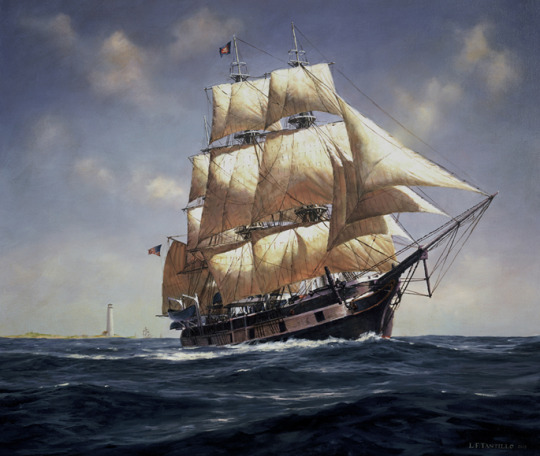
Essex of Nantucket, by Len Tantillo (b. 1946 - )
In 1799, the 87-foot whaleship Essex was launched in Amesbury, Massachusetts. Unknown to the shipwrights at the time, this vessel was destined for disaster in the far-off Pacific Ocean. For nearly 20 years the Essex engaged in numerous successful whaling voyages. Her homeport was Nantucket. Her luck ran out in 1820, when she became the first whaleship from the United States to be sunk by a whale. The whaleship is depicted in the painting near Great Point, Nantucket, in 1819, at the beginning of her final voyage. The Essex was the inspiration for the Pequod in Herman Melville's classic Moby Dick.
171 notes
·
View notes
Text
Mollusks,
INHS MOLLUSK COLLECTION
Illinois Natural History Survey • Prairie Research Institute
ELLIPSE Venustaconcha ellipsiformis (Conrad, 1836)
INHS 4137. Rock River, Illinois. Length: 2.9 inches (7.4 cm).

ELKTOE Alasmidonta marginata (Say, 1818)
INHS 11754. Blackberry Creek, Kendall County, Illinois. Length: 2.8 inches (7.1 cm)

PONDHORN
Uniomerus tetralasmus (Say, 1831)
INHS 7807. Mississippi River, Perry County, Missouri. Length: 4.0 inches (10.2 cm).

ELEPHANT-EAR, Elliptio crassidens (Lamarck, 1819)
INHS 2655. Ohio River, Pulaski County, Illinois. Length: 4.2 inches (10.7 cm).

ORANGE-FOOT PIMPLEBACK, Plethobasus cooperianus (Lea, 1834)
INHS 186. Cumberland River, Cumberland County, Kentucky. Length: 2.5 inches (6.4 cm).

MONKEYFACE, Quadrula metanevra (Rafinesque, 1820)
INHS 6221. Wabash River, Tippecanoe County, Indiana. Length: 2.4 inches (6.1 cm).

161 notes
·
View notes
Text
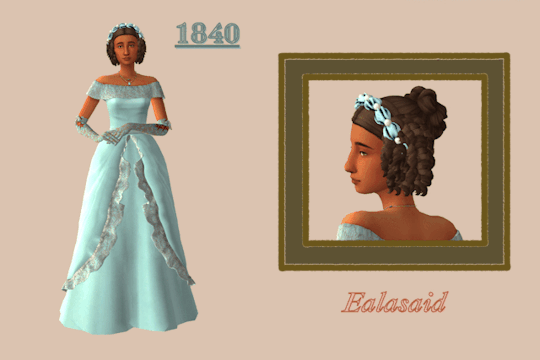
"Shielded by my own obscurity, and by the lapse of years, and a few fictitious names, I do not fear to venture; and will candidly lay before the public what I would not disclose to the most intimate friend." (Agnes Grey, A Novel – Anne Brontë, 1847)
anne brontë likers we need to unionize.
ah, the 1840s! the brontë sisters, edgar allen poe, charles dickens... and what i can only imagine is an incredibly confusing amount of petticoats. the torso becomes thinner and longer, with the characteristic "point" ending of the bodice. skirts continue to grow, and grow, and grow... you get the point. sleeves fluctuate through this era, but are more often than not kept close to the arms – a major difference from the 1830s. the stereotypical victorian conservatism can be seen in daydresses of this era. speaking of daydresses, it became easier for women of the (gasp) lower class to mimic the styles of upper class women, as fashion moved from trims to the fabric and cuts themselves. its much easier for your average woman to obtain fabric than to obtain jewels, for example. going forward, expect a mix of upper and lower (more accurately, the slowly forming middle) class fashions!
also, i have been flying through these. i have no idea how long this amount of energy and hyperfocus is going to last. also also, to every cc creator that is getting tagged over and over: i'm sorry. it is a cc desert out here and you are oases. also also also: i reused a dress once. i could have sworn i downloaded ten but apparently i only downloaded nine ??
1800-1809 / 1810-1819 / 1820-1829 / 1830-1839
cc links under the cut
see my resources page
ealasaid : buzzardly28's 1840s hairs / bedisfull's pearl and frill headband / kiarazurk's fairytale dress / ikari-sims' princess gloves
echo : buzzardly28's 1840s hairs / jarisimcc's necklace / vintagesimstress' 1841 ball gown / dzifasims' jane gloves
edelmira : buzzardly28's 1840s hairs / simstomaggie's losse bonnet / elfdor's victorian dress #1
eidel : buzzardly28's 1840s cecilia hair / linzlu's colonial cap / acanthus-sims' tied fichu / vintagesimstress' 1843 day dress
elektra : wastelandwhisperer's chamomile hair / linzlu's fancy bonnet / simverses' norse visby fur cape / sunlittides' 1840s day dress
endzela : turquoiseesims' aster hair (download here) / huiernxoxo's mulani gem earrings / simsonico's shining nikki shy lady necklace conversion / buzzardly28's june dress / dzifasims' jane gloves
ernestine : linzlu's sallie hair / lace-and-honey's linzlu prarie bonnet conversion / vintagesimstress' 1843 day dress
estrella : tekri's lucrezia bun / glitterberrysims' victorian era / oydis' esther dress / dzifasims' jane gloves
euphrasie : pandorasimbox's victorian modest daycap / vintagesimstress' 1848 velvet dress
evita : feralpoodles' victoria hair / toksiks' silence choker / acanthus-sims' rose brooch / buzzardly28's summer ball gown
thank you to @buzzardly28 @bedisfull @ikari-sims @jarisimcc @vintagesimstress @dzifasims @simstomaggie @elfdor @linzlu @wastelandwhisperer @simverses @sunlittides @huiernxoxo @simsonico @lace-and-honey @tekri @glitterberrysims @oydis @pandorasimbox and @feralpoodles
#my sims#sims 4 lookbook#the sims 4 lookbook#ts4 lookbook#ts4 historical lookbook#ts4 victorian lookbook#223 years#1840s#victorian#historical
236 notes
·
View notes
Text
Milestone Monday
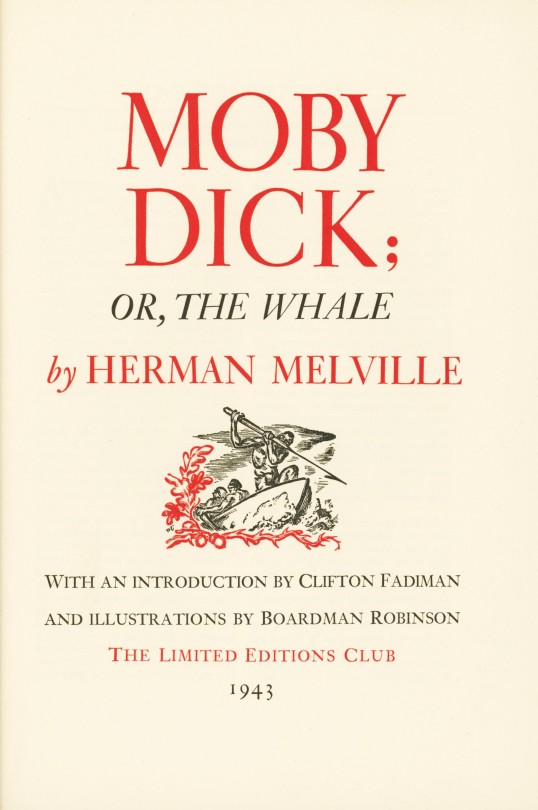
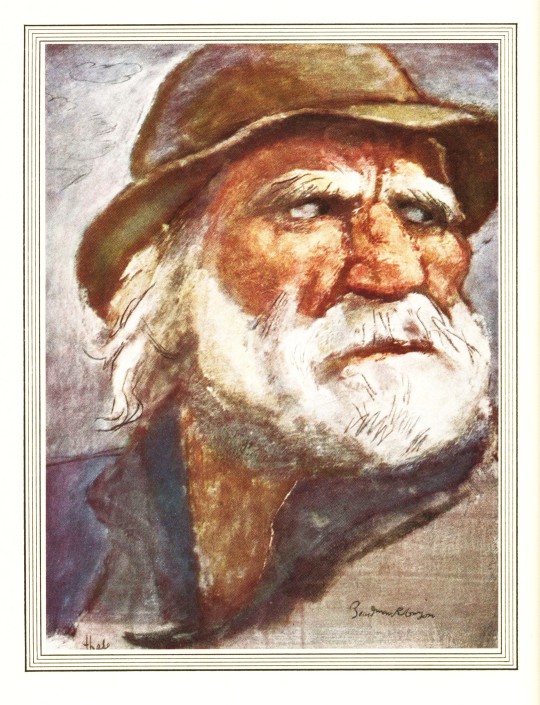
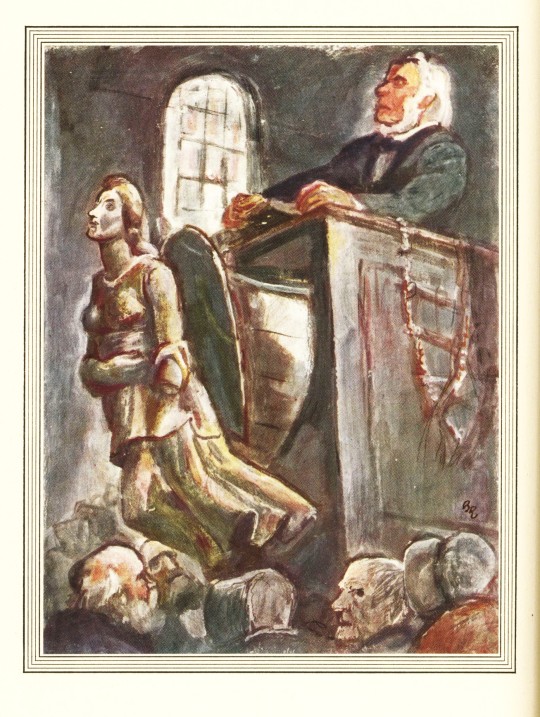

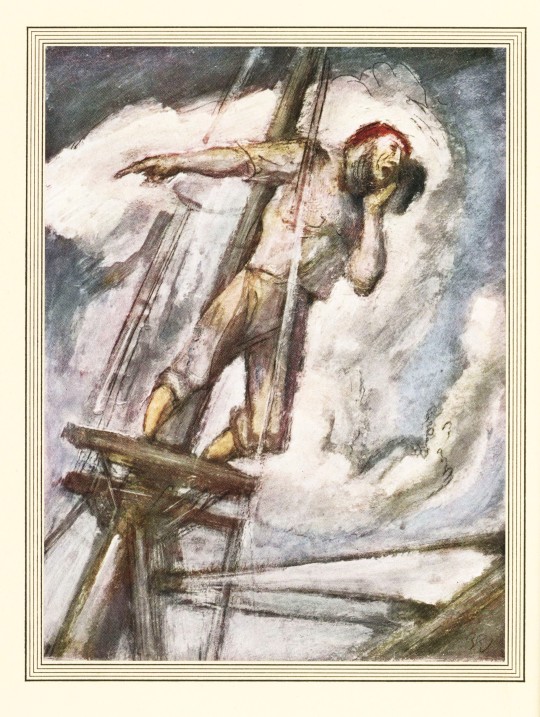
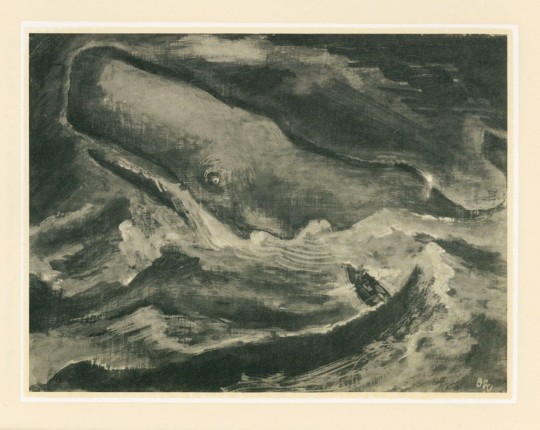


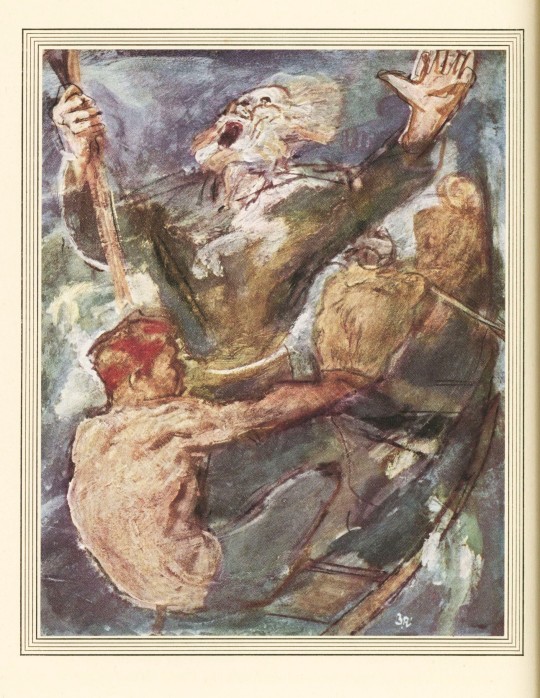


On this day, November 20, 1820, an 80-ton sperm whale rammed and sank the Essex whaling ship in the South Pacific inspiring Herman Melville (1819-1891) to write his legendary novel Moby Dick.
The Essex set sail from Nantucket in August of 1819 with a 21-man crew in search of dwindling sperm whales. Over a year into their voyage, their captain decided to head further off the coast of the Galapagos than usual, finding themselves more than 1,500 nautical miles from the nearest shore. The bet paid off when the Essex came upon a pod of whales and set out in three whaleboats to harpoon them.
While they were away, their luck quickly changed when a monstrously sized sperm whale began ramming and ultimately capsized the Essex. Initially, all members of the crew survived the wreck and equipped their whaleboats with sails to head for land, however perilous weather and sparse rations soon took their toll. Within months, crew members were dying and left their companions to turn to cannibalism to survive. Ultimately, five men of the Essex were rescued by passing ships and lived to tell their tale.
To mark the fate of the Essex we are looking at The Limited Editions Club (LEC) 1943 publication of Moby Dick; or The Whale presented in two volumes with illustrations by Boardman Robinson (1876-1952). Melville’s story of Captain Ahab and the great white whale is accentuated by Robinson’s muddy paintings that emulate the churning ocean adding foreboding layers throughout the book. Of the thirty-two paintings Robinson created for Moby Dick; or The Whale, eight are reproduced in full color with the other twenty-four reproduced “through an ingenious combination of the silk-screen process, offset lithography and varnish.” The volumes were printed by E.L. Hildreth and Co., bound in full sheepskin leather dyed to stimulate whale hides, and stamped in gold.
Our copy of Moby Dick; or The Whale is number 289 from the collection of long-standing LEC member Austin Fredric Lutter of Waukesha, Wisconsin and is signed by the illustrator.
View other Milestone Monday posts here.
– Jenna, Special Collections Graduate Intern
#milestone monday#Essex#Moby Dick#Herman Melville#Limited Editions Club#LEC#Boardman Robinson#E.L. Hildreth and Co.#whales#paintings#lithography#milestones
117 notes
·
View notes
Text
Hats and Pearls – Regency Style

Joseph Karl Stieler (German, 1781-1858) • Princess Auguste-Amélie of Bavaria (detail) • c. 1820
Of the dizzying number of hat and bonnet styles throughout the Regency era, the one above is among the most tasteful. I'm not sure what it's made from, though it looks like some sort of gold mesh material. The beads look to be threaded through strands of thin silk cord, arranged around the hat and sewn in place. I rather like it, though not as much as I like the pearls!
About those pearls...
Composed of two strands of one hundred and five natural pearls, suspending seven detachable drop-shaped natural pearls, all capped with rose-cut diamonds, to the clasp set with an old-mine-cut diamond. Attributed to Nitot, the predecessor of the House of Chaumet, the necklace likely originated with the famed Empress Josephine, the first wife of Emperor Napoleon.
The famous pearls adorned the necks of several royal women's portraits, so perhaps a post on those portraits and the attire of the sitters will be coming soon. Back to hats for now.


Left: 1809 styles. Hat # 4 is described as "A turban hat of crape, ornamented with beads and feathers. (Source: Regency World) It most closely resembles the hat that Princess Auguste-Amélie wears for her portrait. These turban hats are a refreshing departure from the very tall feathers on the outrageous hats worn only a few years before.
Right: 1810-1819 styles: Chapeaux et toque. These styles too are very attractive. In both plates, notice the feathers are much smaller and that several are arranged to fall downward and frame the face, or they're arranged partway across the brim.




#art#fashion history#painting#portrait#women's fashion history#royal portraits#art history#fine art#the resplendent outfit blog#regency fashion#early 19th-century hat fashions#women's portraits#joséphine's pearls#1809-1819 hat styles#art & fashion history blog#regency turban hats
26 notes
·
View notes
Note
For more than 4,000 years, emeralds have been among the most valuable of all jewels.
Colombia, located in northern South America, is the country that mines and produces the most emeralds for the global market, as well as the most desirable.
It is estimated that Colombia accounts for 70–90% of the world's emerald market. While commercial grade emeralds are quite plentiful, fine and extra fine quality emeralds are extremely rare. Colombian emeralds over 50 carat can cost much more than diamonds of the same size.
The Colombian departments of Boyacá and Cundinamarca, both in the Eastern Ranges of the Colombian Andes, are the locations where most of the emerald mining takes place.
Although the Colombian emerald trade has a rich history that dates as far back as the pre-Columbian era, the increase in worldwide demand for the industry of the gemstones in the early 20th century has led prices for emeralds to nearly double on the global market.
Until 2016, the Colombian emerald trade was at the center of Colombia's civil conflict, which has plagued the country since the 1950s.
For thousands of years, emeralds have been mined and considered one of the world's most valuable jewels.
The first ever recorded emeralds date back to ancient Egypt, where they were particularly admired by Queen Cleopatra.
In addition to their aesthetic value, emeralds were highly valued in ancient times because they were believed to increase intelligence, protect marriages, ease childbirth, and thought to enable its possessor the power of predicting future events.
An ancient Colombian legend exists of two immortal human beings, a man and a woman—named Fura and Tena—created by the Muisca god Are in order to populate the earth.
The only stipulation by Are was that these two human beings had to remain faithful to each other in order to retain their eternal youth. Fura, the woman, however, did not remain faithful.
As a consequence, their immortality was taken away from them. Both soon aged rapidly, and they eventually died. Are later took pity on the unfortunate beings and turned them into two crags protected from storms and serpents and in whose depths Fura's tears became emeralds.
Today, the Fura and Tena peaks, rising approximately 840 and 500 meters, respectively, above the valley of the Minero River, are the official guardians of Colombia's emerald zone. They are located roughly 30 km north of the mines of Muzo, the location of the largest emerald mines in Colombia.
Historians believe the indigenous people of Colombia mastered the art of mining as early as 500 AD. But Spanish Conquistadors are the ones who are credited with discovering and marketing globally what we now call Colombian emeralds.
Colombia, during pre-colonial times, was occupied by Muzo indigenous people, who were overpowered by Spain in the mid-1500s. It took Spain five decades to overpower the tribal Muzo people who occupied this entire mining area.
Once in control, the Spanish forced this native, indigenous population to work the mining fields that it previously held for many centuries.
Monarchs and the gem-loving royalty in India, Turkey, and Persia eventually sought the New World treasures once the gems arrived in Europe.
These new emerald owners expanded their private collections with spectacular artifacts bedazzled with emeralds between 1600 and 1820, the time frame of Spain's control over the Colombian mines.
After Colombia's independence from Spain in 1819, the new government and other private mining companies assumed mining operations. Over the course of the nineteenth and twentieth centuries, these mines were periodically shut down numerous times because of political situations within the country.
Colombian emeralds are much sought after, and not just because of their superb quality and color. A gem's value depends upon its size, purity, color and brilliance. Even when they are mined in the same area, each individual emerald has its own unique look that sets it apart from the rest.
Dark green is considered to be the most beautiful, scarce, and valuable color for emeralds. An emerald of this color is considered rare and is only found in the deepest mines of Colombia.
The eastern portion of the Andes, between the Boyacá and Cundinamarca departments, is where most Colombian emeralds are mined.
The three major mines in Colombia are Muzo, Coscuez, and Chivor. Muzo and Coscuez are on long-term leases from the government to two Colombian companies, while Chivor is a privately owned mine. Muzo remains the most important emerald mine in the world to this date.
The terms Muzo and Chivor do not always refer to the particular mines that carry the same name. Instead, the two terms, originating from the local indigenous language, often describe the quality and color of emeralds. Muzo refers to a warm, grassy-green emerald, with hints of yellow. Chivor, on the other hand, describes a deeper green color.
Thank you for this great reference material! Colombian emeralds are absolutely world renowned. But, when it comes to wearing the fuck out of emeralds no one can out do the Ambanis. This necklace alone is rumored to be worth $60 million USD 😮💨

21 notes
·
View notes
Text
@en-theos tagged me to post 9 of my favourite books ever ✨ (for one dollar name someone who was not English or Jane Austen):




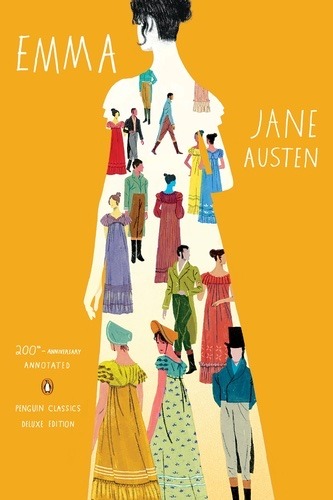
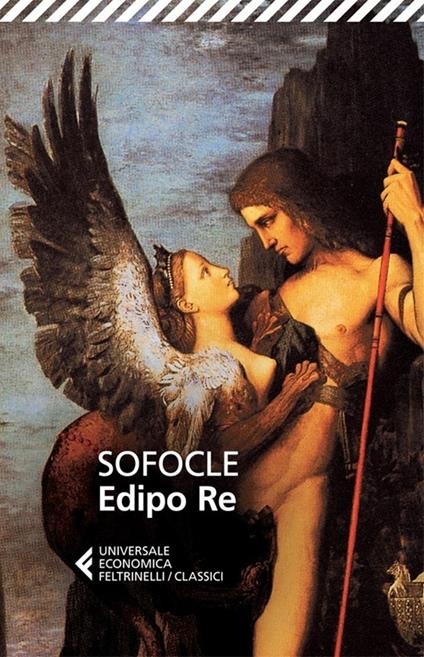
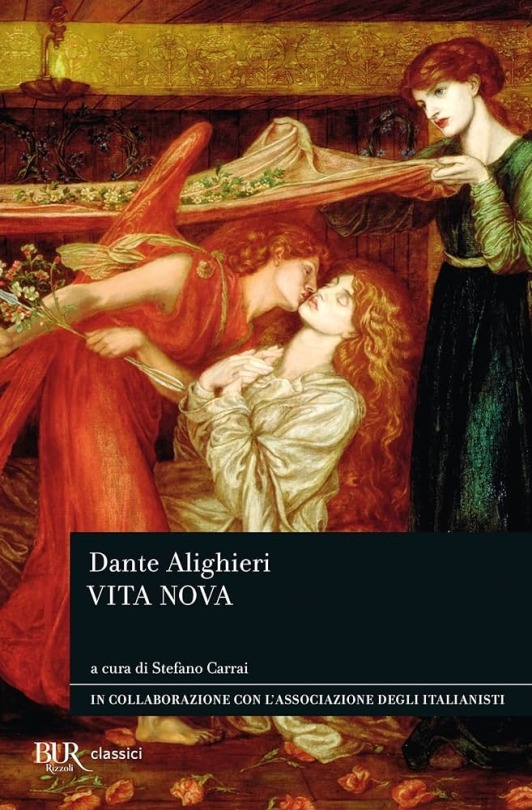
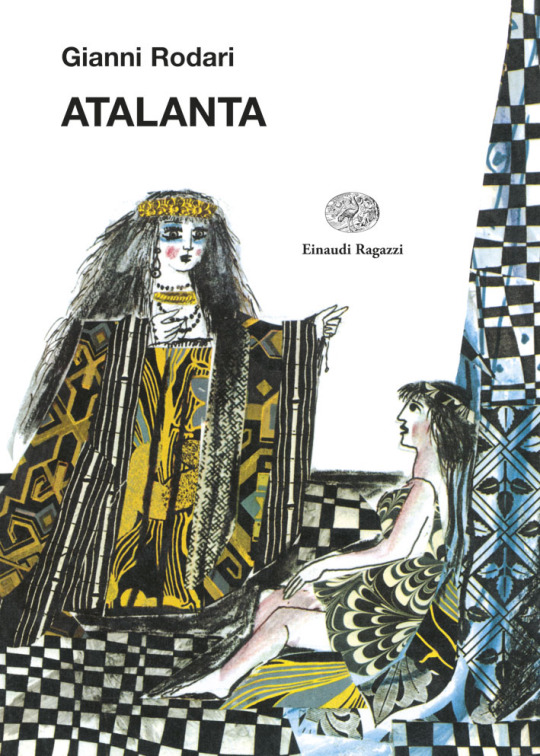

This was difficult so here are the runner-ups: Orlando and To The Lighthouse, Jonathan Strange and Mr Norrell, the Bacchae, To Kill a Mockingbird, David Copperfield and A Christmas Carol, Il nome della rosa, Northanger Abbey, L'amica geniale (the whole saga), Hamlet
I also tag: @shiningnorthernlights @girldante @artemideaddams @marthanielsn @pasdetrois @thepointlessmasterpiece @pioup-pioup @counterwiddershins @st-hypatia @makawicja @mathilda-1819-1820
#look at all these gorgeous covers that I do not own (except wh)#also do plays even count?#tag games#also also I have *so many* tag games waiting in my drafts since like april I’m the worst#letteratura#bibliofilia
128 notes
·
View notes
Text
Are Sexually Transmitted Infections Curable?
Sexually transmitted infections (STIs) are a significant public health problem that affects millions of people worldwide. Understanding their treatment is essential for proper management, education, and prevention. This article explains the different types of STIs, their treatments, and whether they can be cured.
Understanding STIs
STIs are infections that spread primarily through sexual…

View On WordPress
#blogger#love#sex tips#advice#alcohol effect#assertiveness#blogs#bored 🥱#boyfriend#breast massage#breast size#communicate#communication#confidence#dailyprompt#dailyprompt-1819#dailyprompt-1820#dailyprompt-1822#dailyprompt-1826#💋#feel#first night#girl#girlfriend#goals.#hot#in life#individuality#line#madicine herbal medicine 💊
0 notes
Note
I’ve been wanting to read more gothic horror, but not sure where to start. Any favorites to recommend? I’ve read Dracula, Frankenstein, and Carmilla; I’m not too picky between contemporary vs classics though
Sure! I havent finished/started some of them (bc I’m a silly billy who’s very easily distracted), but I can totally give you a list :D
•Matilda - Mary Shelley (1820)
• Rebecca - Daphne du Maurier (1938)
•The Haunting of Hill House - Shirley Jackson (1959)
•La Morte Amoureuse - Théophile Gautier (1836)
•The Vampyre - John William Polidori (1819)
•The Woman in Black - Susan Hill (1983)
•The Mortal Immortal - Mary Shelley (1833)
•The Castle of Otranto - Horace Walpole (1764)
•The Woman in White - Wilkie Collins (1860) (idk if it’s technically gothic? I think it’s more detective fiction, I havent read it yet, but it’s compared to Dracula very often so thought I’d include it.)
27 notes
·
View notes
Text

William Blake, The Ghost of a Flea, 1819-1820
45 notes
·
View notes
Text
Dobry wieczór. Since it’s International Women’s Day (albeit not strictly), tonight I would like to draw my followers’ attention to the female pianists and composers who were my contemporaries… Apologies for the lengthiness, evidently there is a lot to be covered.
Clara Schumann 1819-1896
youtube
A child prodigy, Clara was taught piano by her father and by thirteen he was taking her on concert tours.
She met Robert Schumann as a child when he came to Leipzig to study law at the university. He took piano lessons from Clara’s father, Friedrich Wieck. When she was 18, he proposed to her. They married in 1840.
The virtuoso went on tours with her husband and earn money by performing and teaching. She was also a gifted composer, however most of her time was spent looking after her family, editing Robert’s music and playing. Clara’s compositions include more than 20 piano works, a piano concerto, some chamber music and several songs.
Fanny Mendelssohn 1805–1847
youtube
Composer and pianist, Fanny grew up in Berlin, sharing the same musical education as her brother Felix, with whom she had a close relationship.
Her compositions include a piano trio, a piano quartet, an orchestral overture, four cantatas, more than 125 pieces for the piano and over 250 lieder, most of which were unpublished in her lifetime. Although lauded for her piano technique, she rarely gave public performances outside her family circle.
Owing to her family's reservations and to social conventions of the time about the roles of women, six of her songs were published under her brother's name in his Opus 8 and 9 collections.
Marie Moke 1811-1874
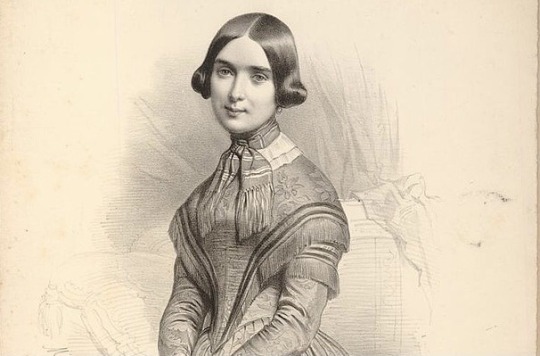
Marie Moke gave her first concert at the age of eight and by the age of fifteen, she was already known in Belgium, Austria, Germany and Russia as an accomplished virtuoso.
She married pianist and piano manufacturer, Camille Pleyel, but they later separated on account of her promiscuity. Heinrich Heine considered her among the greatest pianists “Thalberg is a king, Liszt a prophet, Chopin a poet, Herz an advocate, Kalkbrenner a minstrel, Mme Pleyel a sibyl, and Döhler a pianist.”
Later on, she created the piano school at the Royal Conservatory in Brussels where she taught from 1848 to 1872.
Louise Farrenc 1804-1875
youtube
A French composer, virtuoso pianist and teacher, she started playing young and had piano lessons with famous teachers such as Moscheles and Hummel. She studied composition privately with Anton Reicha at the Paris Conservatoire, unable to go to composition classes as a woman. By the 1820s she was touring France, giving concerts.
In 1842 she was made Professor of Piano at the Paris Conservatoire where she stayed for 30 years. For a decade she was paid less than the male teachers. Only after the triumphant premiere of her nonet did she demand and receive equal pay. She wrote a wide variety of piano music, but her chamber pieces are considered to be her best work.
Pauline Viardot 1821-1910
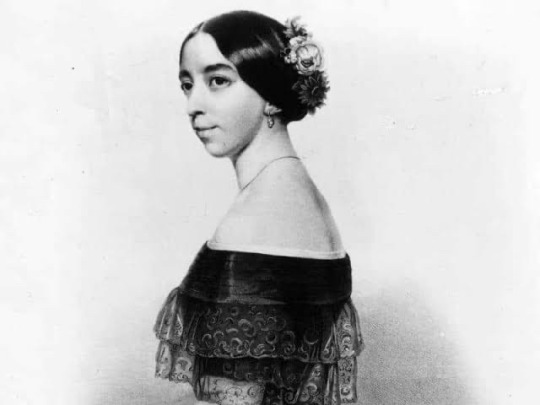
From a musical family (including her older sister, Maria Malibran) Pauline was trained by her father on the piano and in singing.
In her youth she took piano lessons with Franz Liszt and counterpoint and harmony classes with Anton Reicha. However, despite wanting to become a concert pianist, she was directed towards singing by her mother.
Pauline began composing when she was young, but it was never her intention to become a composer. Written mainly as private pieces for her students, her works were still of professional quality and Franz Liszt declared that, with Pauline Viardot, the world had finally found a woman composer of genius. Compositions include her chamber operas Le dernier sorcier and Cendrillon.
Arabella Goddard 1836–1922
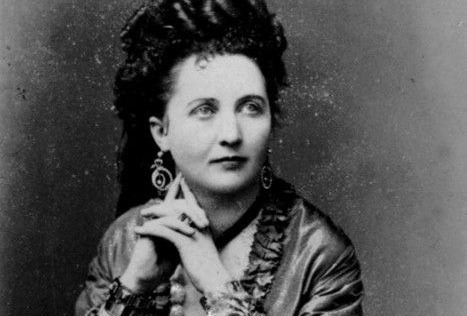
Born in France to English parents, at age six Arabella was sent to Paris to study with Friedrich Kalkbrenner. Aged seven she played for myself and George much to our pleasure.
During the 1848 Revolution her family had to return to England; there, Arabella had further lessons with Lucy Anderson and Sigismond Thalberg. She was known for her ability to play recitals from memory.
Arabella was appointed a teacher at the Royal College of Music in 1883. This was the RCM’s first year of operation and Arabella was its first female professor. She composed a small number of piano pieces, including a suite of six waltzes.
Marcelina Czartoryska 1817-1894

Born into the aristocratic Polish family, the Radziwiłłs, Marcelina was taught piano by Carl Czerny in Vienna and by myself in Paris. She gave concerts across Europe, with Franz Liszt, Pauline Viardot and Henri Vieuxtemps.
From 1870 she lived in Kraków, where she gave mainly private concerts and, thanks to her artistic connections, contributed to founding Kraków’s Academy of Music in 1888.
Maria Kalergis 1822-1874

Raised in Saint Petersburg in the home of her paternal uncle, the Tsar's minister of foreign affairs, Maria received a thorough education where she evinced an early musical talent.
She was a student of mine and held salons in Paris whose guests included Liszt, Richard Wagner, de Musset, Gautier and Heine. Later, she became a hostess and a patron of the arts in Warsaw.
She was a co-founder of the Warsaw Musical Institute, now the Warsaw Conservatory and established the Warsaw Musical Society, now the Warsaw Philharmonic. Between 1857 and 1871 she made frequent appearances as a pianist.
On her death, Franz Liszt wrote his Elegy on Marie Kalergi.
#clara schumann#fanny mendelssohn#classical composers#romantic era#classical music#international women's day#romanticism
36 notes
·
View notes